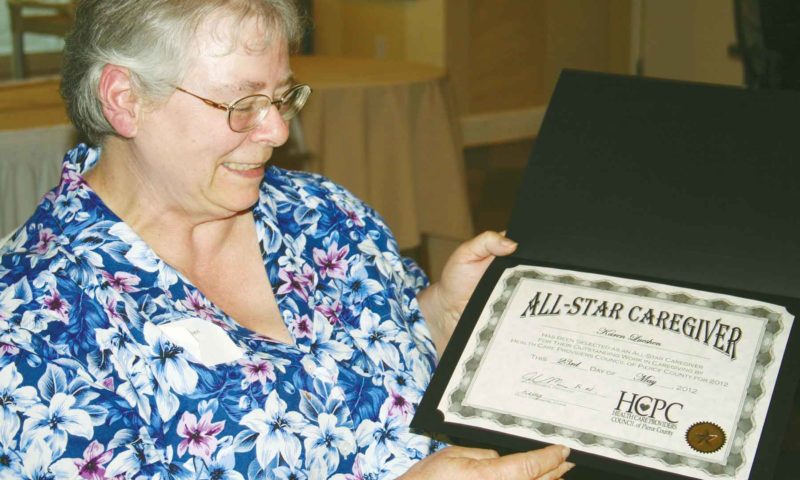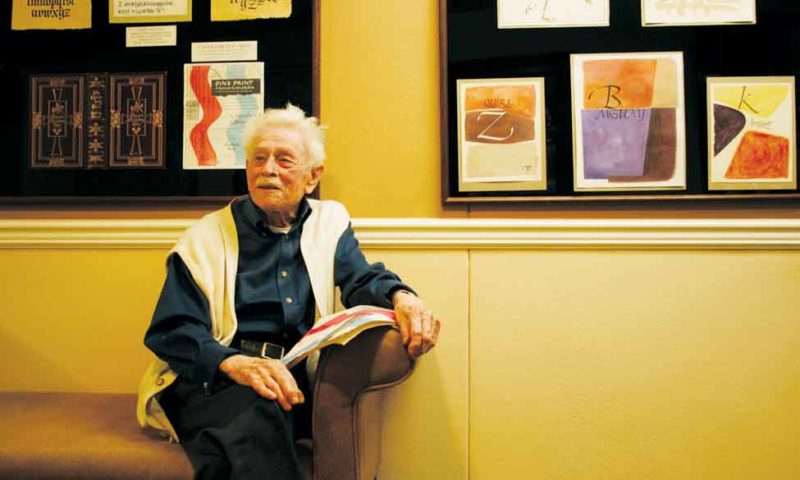Don’t let those apples just rot
Fred Robbecke, a volunteer with “Senior Scene,†knows that with summer gardening comes summer overabundance. You’ve heard about places that lock their cars only during the summer because people don’t want other people’s excess zucchini? That’s what Robbecke thinks about in the spring of the year when everyone is so gung ho about planting. Last year, Robbecke’s son was injured and unable to harvest his garden and all that waste frustrated him. There is a solution though. It’s called the Gleaning Project and it’s run by Emergency Food Network (EFN).
The Gleaning Project is a collaborative effort to rescue local produce waste and to get it to people who need it the most, said Emily Boston. Boston is the Gleaning Coordinator with EFN and she spends her time trying to convince folks to do something about the amount of food that never gets eaten. Some estimates suggest that in the U.S. somewhere between 20 to 50 percent of commercially-grown food is thrown away each year. There’s no estimate of how much home grown food receives the same treatment.
So the result is a multi-prong approach to taking that food that would have ended up in landfills and “capturing it†to feed food bank clients.
Boston encourages fruit tree owners to register their trees.  “We’re looking for healthy fruit trees in the backyards of people who can’t harvest or can’t eat all of their harvest.â€Â When owners notify the gleaners that the fruit is ripe, a group of volunteers harvest the trees and leave the owners 20 percent of the harvest and the rest goes to a food bank or shelter in the area. Last year, the volunteers “captured†30,000 pounds of fresh fruit in this manner. EFN doesn’t physically get the fruit. It goes directly to a food bank in what Boston called “tree to table.â€Â Owners can register their trees online at www.piercecountygleaningproject.org or by calling (253) 584-1040. Some examples of fruit trees they’ve harvested in the past include apples, grapes, kiwi, pears, figs and lots of plums. They don’t harvest berries because they require too much time.
“In addition to harvesting fruit, we also harvest farmers markets and encourage gardeners to plant an extra row,†said Boston. To find the closest food bank, suggestions for harvesting and ideas about what kinds of produce the food banks are able to accept, go to www.piercecountygleaningproject.org and click on Where To Donate.
EFN also does farm gleans. Boston connects with farmers and when they have an abundance of produce they contact her to send out volunteers. Volunteers consistently go every Friday to EFN’s Mother Earth Farm in Orting but crops usually don’t become ready with any kind of consistency. It’s more normal to suddenly need volunteers such as a recent glean when someone called to say they had a lot of peas. To sign up to volunteer as a gleaner, email Boston at Emily@efoodnet.org.







